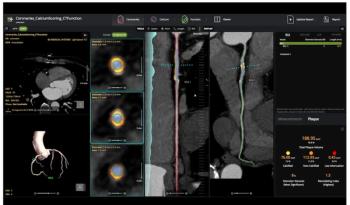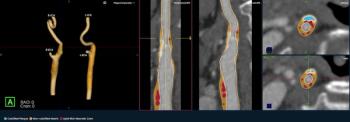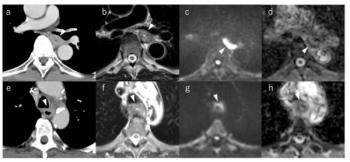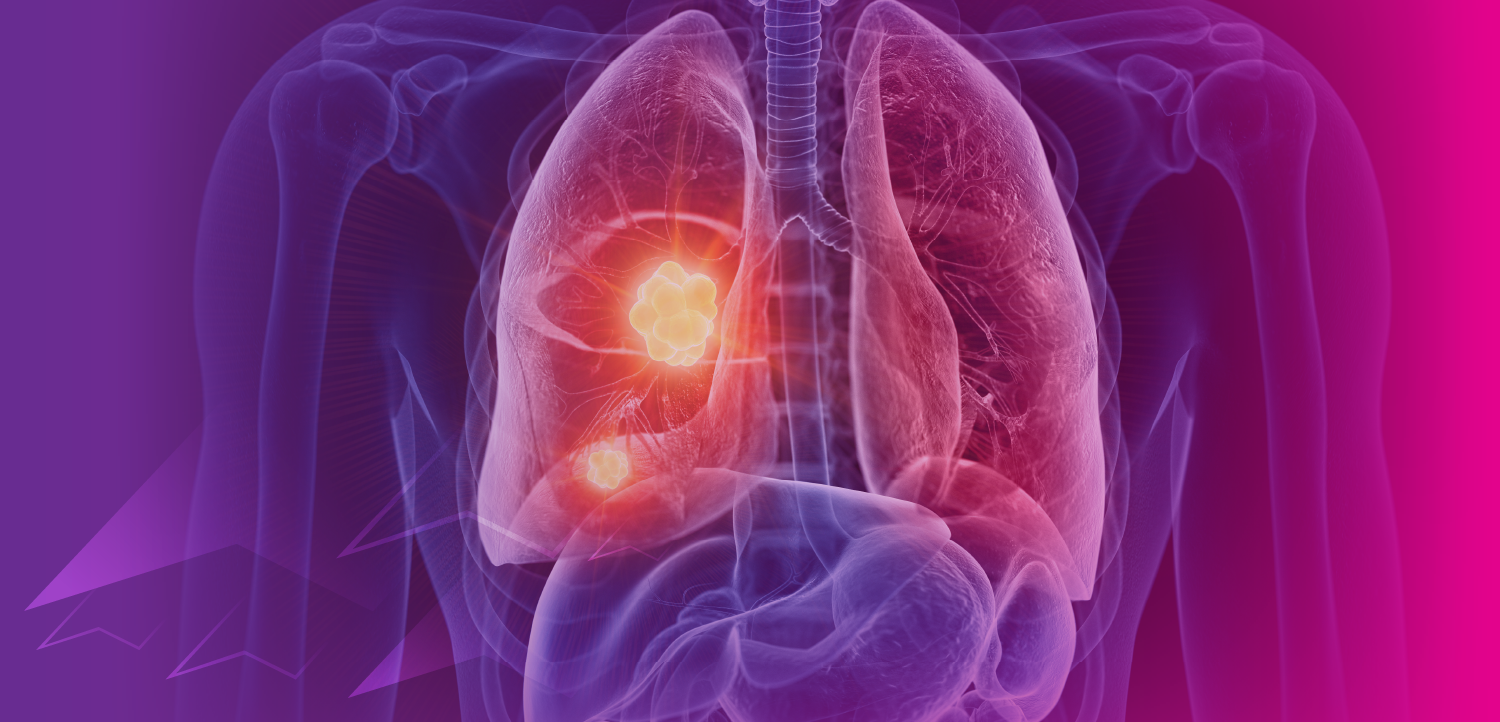
Lower Dose Lumbar Spine CT Delivers Diagnostic Quality Images
Lumbar spine CT radiation doses were lowered by 41 percent and still delivered diagnostic quality images.
Radiation dose for lumbar spine CT can be substantially reduced with a new algorithm that takes a patient’s size into consideration, researchers said at this week’s American Roentgen Ray Society Annual Meeting.
Researchers from Seoul, Korea, said they have successfully lowered the dosage needed for lumbar spine CTs by 41 percent, without compromising the diagnostic quality of the images. They used semi-automated attenuation-based tube potential selection, which optimized tube potential at 100 kilovoltage, rather than the standard 120 kilovoltage. However, the resulting decrease of radiation dose from a mean of 21.78 mGy to a mean of 12.77 mGy can increase the image noise, or graininess of the image.
Using scans obtained from 107 patients, the researchers reconstructed the images with either the standard filtered back projection or with iterative reconstruction, which was designed to reduce image noise. The images were then reviewed by two radiologists who concluded, based on noise level, structure visibility, and diagnostic confidence, that both methods of lower kilovoltage images provided images of diagnostic quality.
Newsletter
Stay at the forefront of radiology with the Diagnostic Imaging newsletter, delivering the latest news, clinical insights, and imaging advancements for today’s radiologists.

































